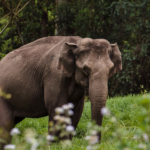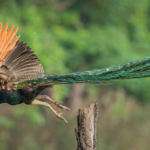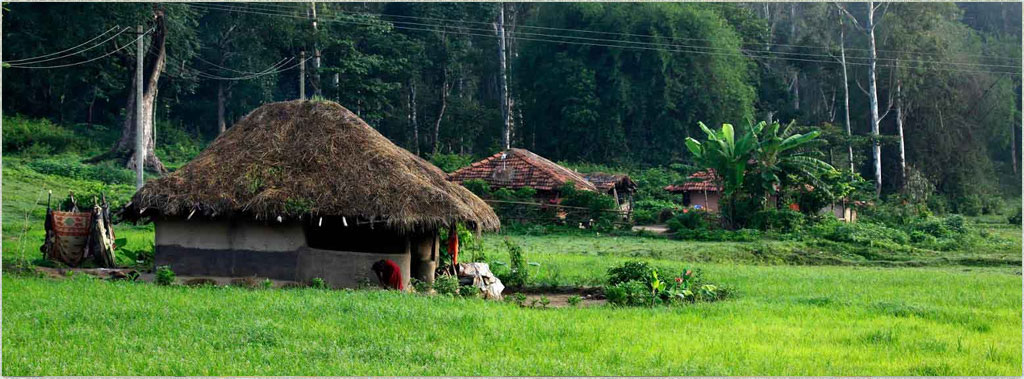The Wildlife of Wayanad
Wildlife that never seems to end and green scapes spread across vast areas beneath wide-open skies, Wayanad, in every sense, is the heartbeat of “God’s Own Country”. A wilderness of boundless space, breathtaking beauty, and wildlife on an epic scale, Wayanad is the natural jewel of the mighty Western Ghats. It is a land of spectacular views, picturesque landscapes, and unforgettable sunsets behind some of the highest peaks of the Nilgiri Biosphere. The iconic freshness and greatness of the province stamp its personality on everybody who lives in this extraordinary wilderness.
The wildlife reserves of Wayanad are home to unique flora and fauna that spread through its vast landscape. The haven guards these endangered species against modern developments and illegal poachings. The rain forests here are the award-winning attractions that awe you with their diversity. Thousands of animals and birds live here with their unique roles in spreading and sustaining the dense forests.
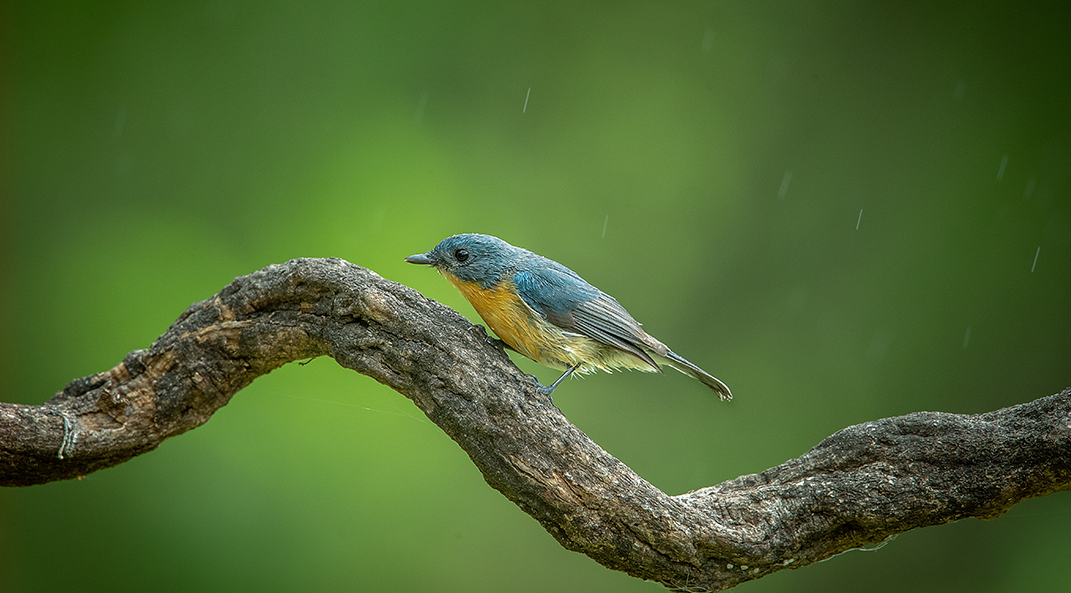
If you want to have a rejuvenating holiday that completely detaches you from the anxieties of modern life and feels your lung with the freshest of air, we recommend visiting Wayanad. It is a place to enjoy the simple joys of nature with whiffs of fruits and spices and lavish paddy fields.
-
Let’s explore some of the unique wild spaces of Wayanad:
-
Wayanad Wildlife Sanctuary: Wayanad Wildlife Sanctuary is rich with nature’s bounty. The reserve is extended over 132.99 square miles and is surrounded by four hill ranges: Sulthan Bathery, Muthanga, Kurichiat and Tholpetty. It is the second-largest wildlife sanctuary in Kerala. An integral part of the Nilgiri Biosphere Reserve, the area is surrounded by other protected area networks like Nagarhole National Park, Bandipur National Park of Karnataka in the northeast and Mudumalai National Park of Tamil Nadu in the southeast.

According to the Forest Department, Wayanad Wildlife Sanctuary holds the largest tiger population in Kerala. Elephants, gaur, deer, sloth bear, dhole, and various snakes can be spotted here. The sanctuary also harbours threatened species of vultures, including red-headed vulture and white-rumped vulture. Peacocks, jungle fowls, owls, and woodpeckers are some of the other birds that can be easily spotted during the safari.
-
Tholpetty Wildlife Sanctuary: Wayanad Wildlife Sanctuary is divided into North Wayanad Wildlife Sanctuary and South Wayanad Wildlife Sanctuary. It is further divided into four ranges: Tholpetty, Kurichiat, Muthanga, and Sulthan Bathery.
Tholpetty is situated in the Northern division of Wayanad and is very close to the Karnataka border and is abundantly populated with bison, langur, jungle cat, deer, wild squirrel, elephant, etc. The sanctuary has a reserved lake and a vantage point to watch the animals who visit the lake.

The sanctuary is directly connected to Nagarhole National Park and thus is densely forested and rich with different flora and fauna. It is one of the essential elephant and tiger reserves in India. Leopards, bison, spotted deer, snakes, and various birds can be easily spotted during the safari.
Tribals like Adiyar, Kattunaicka, Kuruma, Paniya, and Urali also reside in the territory.
-
Muthanga Wildlife Sanctuary: Muthanga is one of the four ranges of Wayanad Wildlife Sanctuary and is mainly a rainforest. The sanctuary covers an enormous portion of the Malabar hills of the Western Ghats. The refuge is especially notable for its elephant population and houses other wild animals too. The local tribes of Wayanad reside around the shelter and inside it.
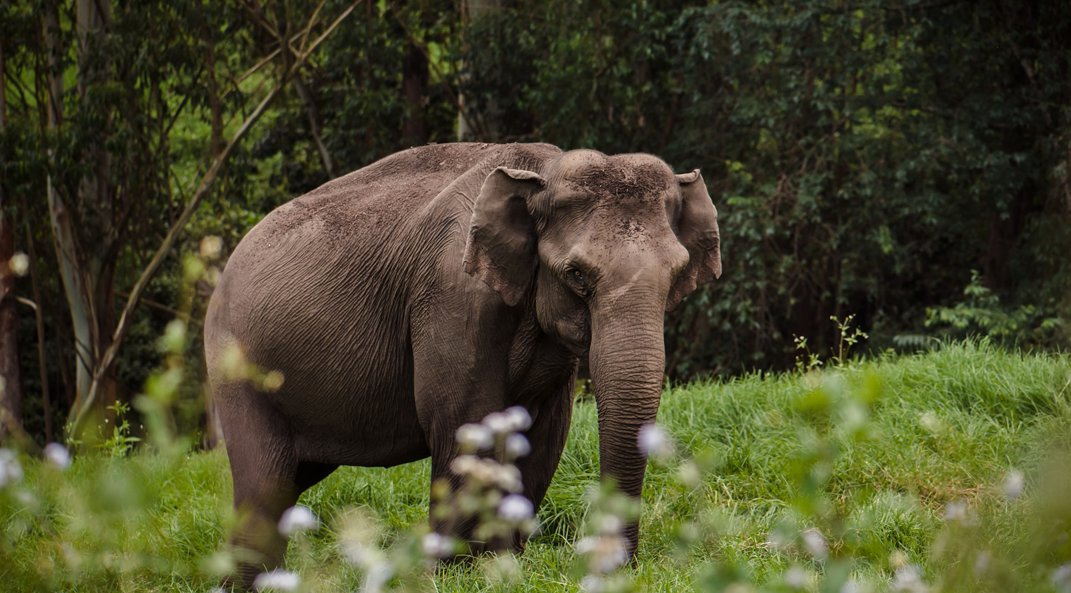
Along with preserving the animals, the Forest Department also protects the tribal community. The sanctuary has 45 species of mammals, including jungle cats, barking deer, sloth bear, Malabar giant squirrel, common langur, civet cat, etc. More than 203 species of birds call the place their home.
The sanctuary operates a special elephant camp where baby elephants are trained and called Kumki. Jeep safari is one of the best ways to enjoy the cover, and one can make multiple rounds to spot the clever tigers.
-
Pakshipathalam:A bird sanctuary, Pakshipathalam is another favourite of wildlife lovers and ornithologists. It is one of the finest trekking spots where one can walk through the dense evergreen forest of the Nilgiri Biosphere Reserve. Accompanied by local tribal guides, visitors can explore the deep rock caves present at the northern end and enjoy the region’s biodiversity.

Situated in the Brahmagiri hills, Pakshipathalam has a watchtower from where the visitors can do bird watching. Asian fairy bluebirds, the gold fronted chloropsis, the paradise flycatcher, and the emerald dove are some of the unique birds that can be spotted here.
So when you visit Wayanad next, explore the wildlife around. There are many luxurious resorts near the sanctuaries with their perks. We suggest staying with family and opt for a jeep trekking and visiting the sanctuaries, preferably from October to March.



